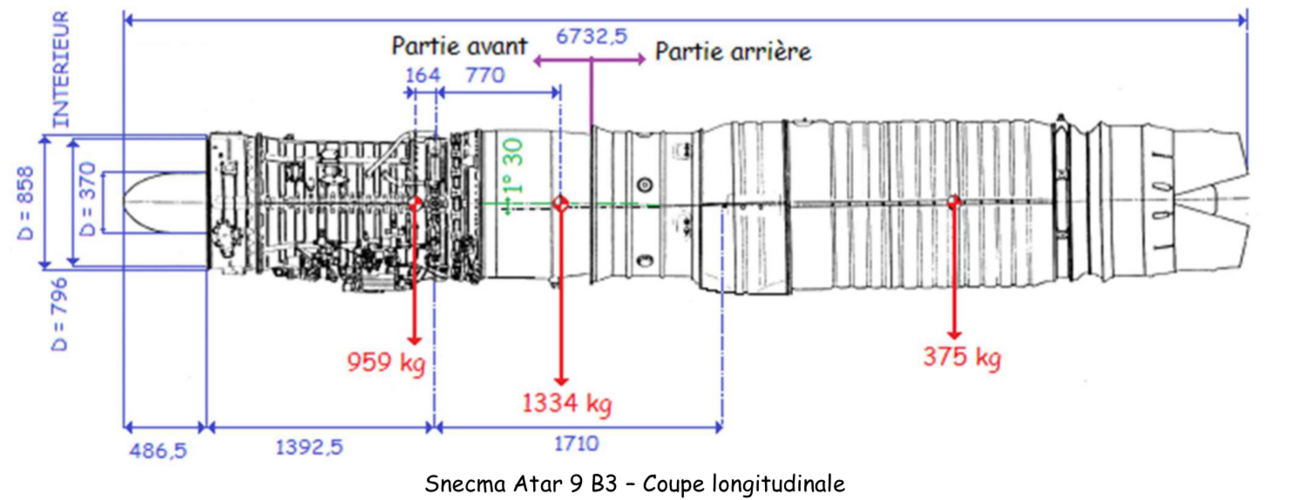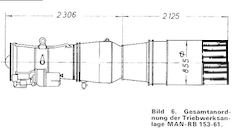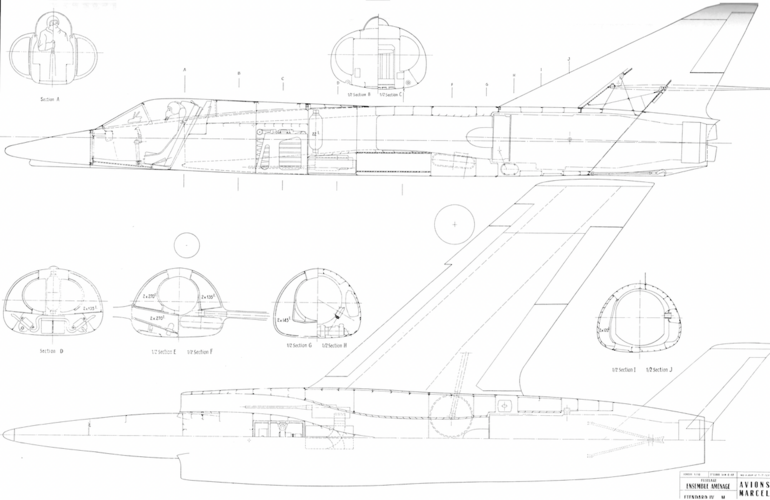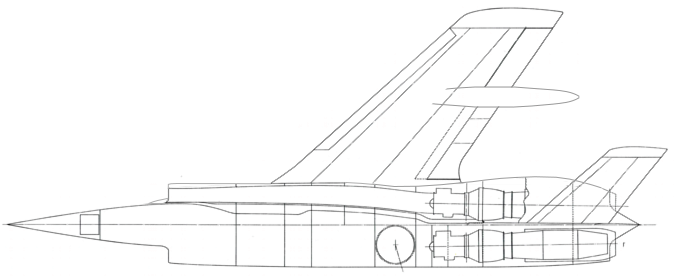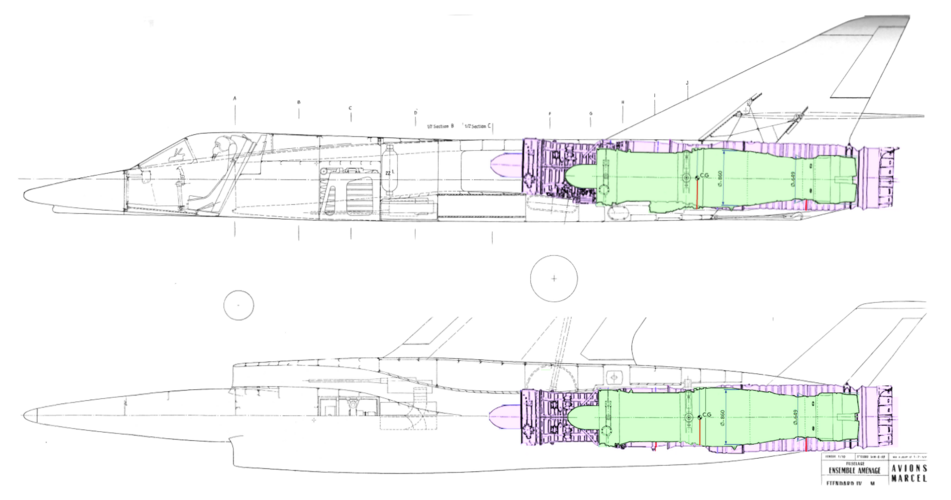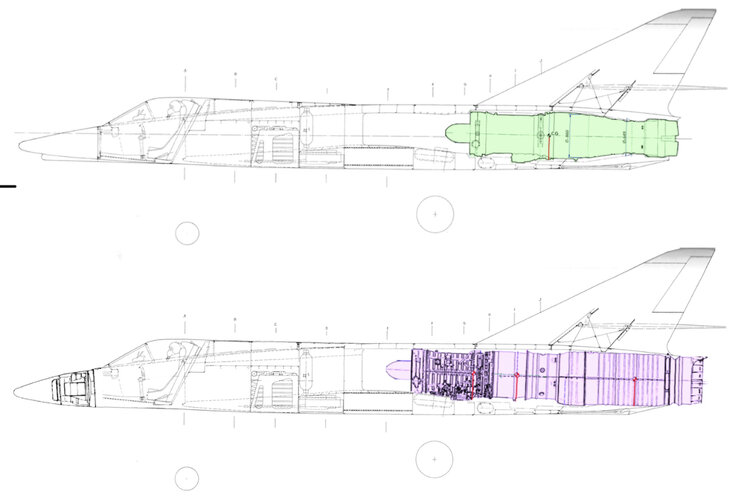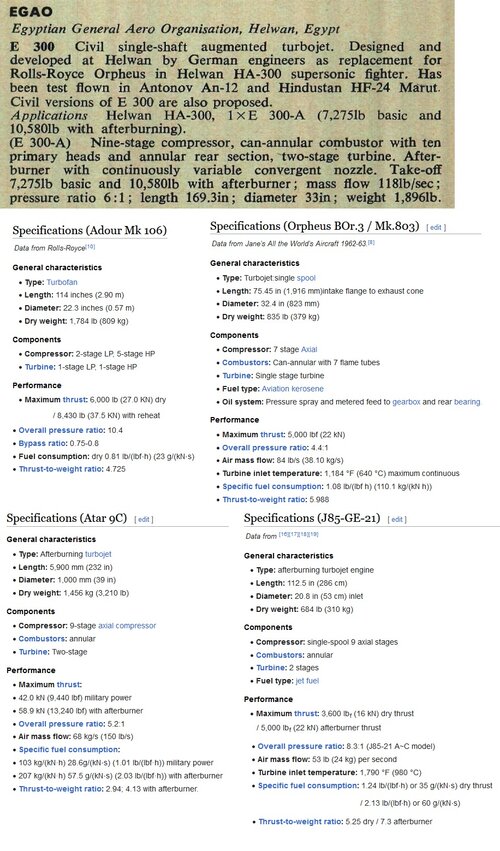Where it gets really interesting (and weird, and ironic altogether) is: the M53-2 (at least) was sold by SNECMA circa 1969 as matching an Atar 9 well enough it could be swapped inside the older Mirages engine bays. and so it was at least, inside the F1-M53.
BUT, the M45 now orphan of the AFVG and essentially unused post 1968, would have actually been a better fit, although it lacked thrust: 5500 kg put it below the older Atar 9 variants (9C: 6000 kg, 9K 6700 kg, 9K50 7200 kg). But it weight 50% less, was merely half the length and Sfc would have dropped to the ground.
Imagine Etendard IVM with M45, with or without afterburner. Unlike a M53 the engine was minuscule, so provided CoG not end very screwed, massive range gains could happen.
Heck, I once dreamed of a Mirage IV upgrade, not with Speys or M53, but M45s. Wouldn't have lost a lot of thrust (and it had huge RATO bottles to help takeoff) but got a big range gain, perhaps 20 or 30%, starting from 4000 km ferry range and 2500 km combat range - 1250 km radius without C-135FR to help.


